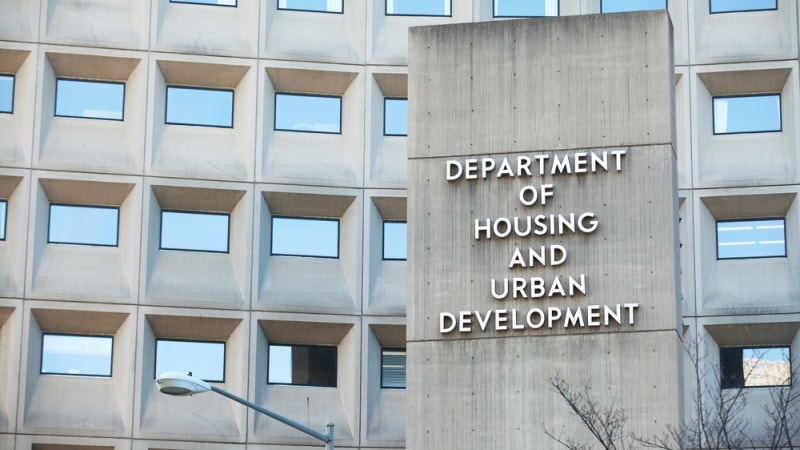
The Department of Housing and Urban Development (HUD) has been using funds from the Community Development Block Grant Disaster Recovery (CDBG-DR) fund since 1993, but according to a new report from the Government Accountability Office (GAO), the agency could generate better data to deliver those funds to vulnerable populations in an equitable fashion.
The HUD Block Grant Fund has provided over $90 billion in disaster relief to assist “vulnerable populations, including people with low and moderate incomes, the elderly, racial minorities, and others,” GAO said.
According to HUD, states and localities are required to spend 70 percent of that funding on low- and moderate-income people, and describe how it will be utilized.
GAO recommended that HUD conduct more data collection and analysis to help the agency better assess the impact of funding on target populations.

“When reviewing grantees’ draft plans, HUD officials told GAO they typically require revisions to clarify the populations defined as vulnerable, how funds will help them, and how grantees will reach out to traditionally underserved populations,” GAO wrote in its new report. “Grantees we reviewed seek to assist vulnerable populations, but HUD does not collect and analyze key demographic data needed to fully assess the extent of CDBG-DR assistance to these populations.”
Back in November 2021, GAO recommended that HUD collect, analyze, and publish demographic data on vulnerable populations who apply for and receive assistance, and said that exercise would also help HUD do better at estimating homelessness levels across the United States.
At the time, HUD said that it neither agreed nor disagreed with the recommendation, however, the agency identified ways to collect the data. GAO reiterated in its latest report that it believes its recommendation would assist the agency in assessing program outcomes.
